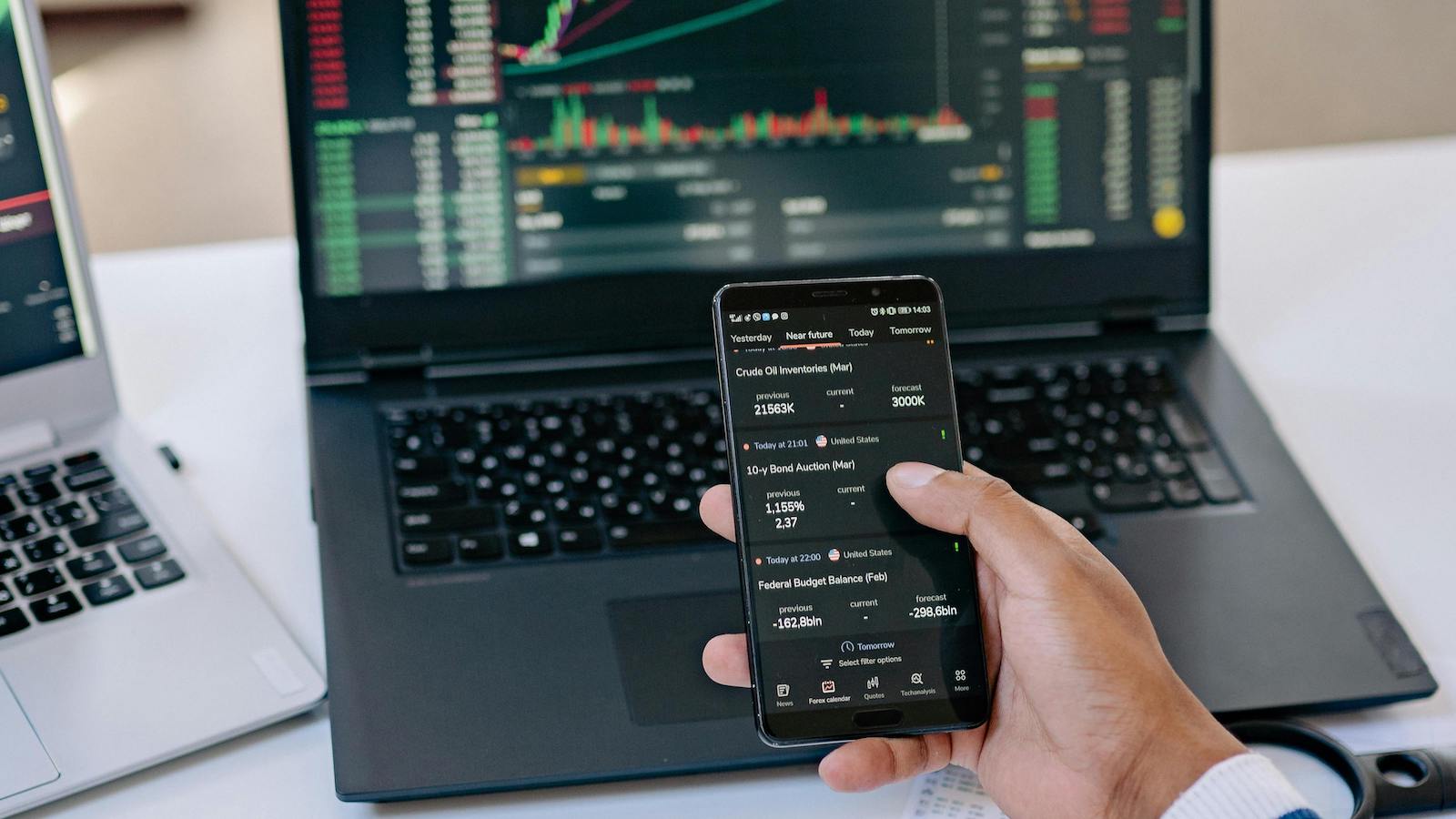Do you have time to observe and process what's happening beyond your "must do" list? How often do you stop to look twice at details that just don't seem "normal" -- that may even seem outlandish or inappropriate? Do you dismiss these as trivial, or as mistakes, or do you ever consider whether they foreshadow something bigger?
Of the many truths reinforced by events of the past 18 months, one is certainly that evolutionary change can unexpectedly become revolutionary.
That's why improving the capacity to spot, assess and sort the weak signals -- the earliest leading indicators of disruptive change -- is an imperative.
Weak signals are easy to miss, for good reason
Weak signals are all around us, all the time. The challenge in recognizing them is precisely that they are weak.
Weak signals:
- Are out of place versus norms.
- Show up as crude, implausible renditions.
- Get blocked by groupthink.
An example of a discounted weak signal
In the early 2000s, Citi Cards' digital transformation team exposed cardholders to the idea of "tap and go" RFID technology as a means of payment with a small device attached to a keyring that would replace physical plastic credit cards. The first use case: paying fares in urban transit systems.
The weak signal that stimulated this experiment was emotional and qualitative: Users' intense, enthusiastic reaction to how they would feel commuting without having to pull out their wallet and fumble with malfunctioning "swipe" cards in crowded subway stations.
Banking traditionalists were quick to dismiss the possibilities. They were attached to the primacy of the card as the form factor, and retailers resisted funding nominal technology upgrades.
See also: The Real Disruption of Insurance
The prevailing attitude was, "if it's not broken, don't fix it." After all, why change, when magnetic stripe-based cards performed virtually 100% of the time?
The result? Within a decade, contactless payments became ubiquitous, with the pandemic acting as an accelerant.
How to read weak signals of change
You don't need a crystal ball to see weak signals. But you do need to value and reward curiosity and commit to a process that more closely resembles an anthropological journey than a traditional strategic analysis.
Follow these four steps to get started:
- Embrace the mindset. Cultivate curiosity as a habit. A simple step? Start by recognizing and accepting that we filter what we see based on what we know. Have an open mind, challenge preconceptions and stop to explore for more when you come upon the unusual.
- Cast a wide and decentralized net to gather signals. Go far to the edge of your networks for observations, paying special attention to things that stand out as strange or curious.
- Create a mechanism to interpret and understand the signals. Keep a database or a journal -- narrative, images and other stimuli -- of signals, including what is interesting and what each suggests.
- Channel the signals for monitoring and further action. Begin to organize the signals -- perhaps a few key trends are emerging that suggest logical groupings, e.g., which should be set aside, monitored more intensively or moved toward brainstorming?
For more tips...
Spotting the weak signals depends on active sensing of the environment. For more on listening, take a look at my Fast Company article.








